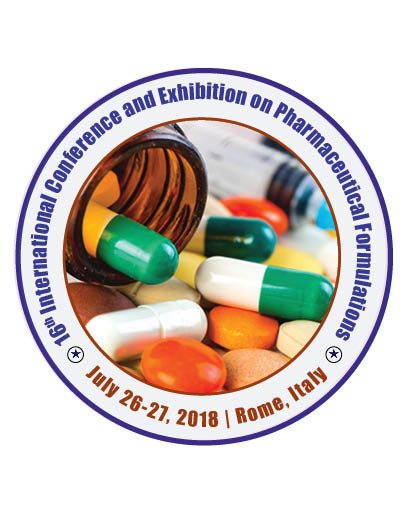
Masatomo Yashima
Tokyo Institute of Technology, Japan
Title: Visualization of the ion-diffusion path and chemical bonding in inorganic materials
Biography
Biography: Masatomo Yashima
Abstract
Peptides have become very attractive drugs in the last decades, due to their selectivity, their high bioactivity and low toxicity. These drugs have been successfully developed for the treatment of major diseases like type 2 diabetes and cardiovascular disorders, various types of cancer and multiple sclerosis. Due to their poor stability in extreme pH conditions, their enzymatic degradation and poor absorption across epithelial membranes, as well as their short plasma half-life, peptides remain difficult-to-administer drugs. At the present time, they are predominantly administered via injection, using sustained-release (SR) formulations mainly based on polymer matrices slowly releasing the peptide over months. These formulations have become the most successful injectable peptide formulations on the market. However, the use of alternative routes of administration, like the oral route or the transmucosal route, is likely to increase in the future, due to the pain and invasiveness of injections, as well as disposal issues associated with used needles and relatively complicated injection protocols. Low bioavailability due to limited permeability through the membranes remains a key challenge for these alternative delivery routes. In addition, new challenges have emerged recently, related to the need for intracellular delivery of peptides to new targets in cancer treatment and to the crossing of the blood-brain barrier (BBB) for peptide delivery to the brain. Then, in this context, nanodelivery systems (e.g. nanotubes, nanoparticles or nanocapsules) can provide appropriate solutions to address present and future challenges of peptide delivery, especially as regards SR formulations and delivery systems crossing cellular membranes (either intestinal epithelium or BBB) or entering cells to target intracellular receptors. This paper will present various successful nanosystems for peptide delivery that have entered the clinic or even progressed to the market, and discuss prospective approaches mainly focused on the crossing of membranes.

